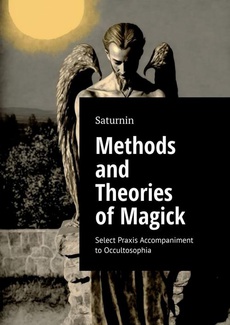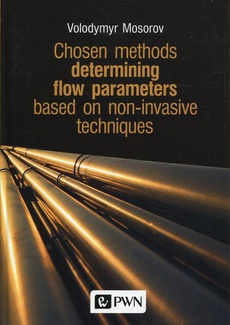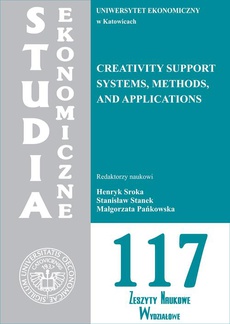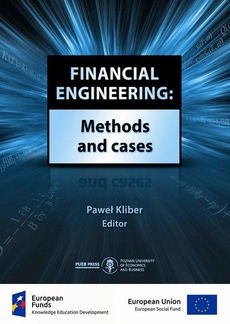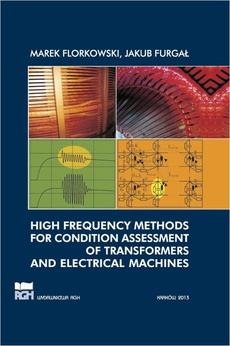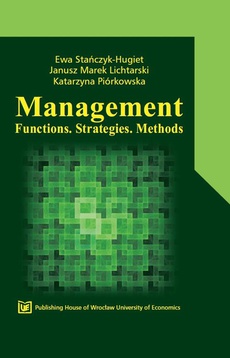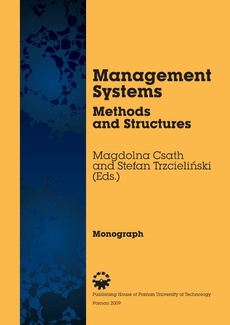POLECAMY
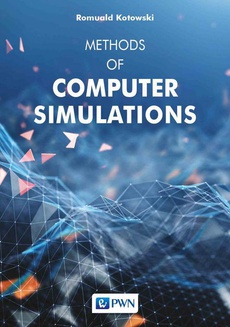
Methods of computer simulations
Redakcja:
Wydawca:
Format:
ibuk
Methods of computer simulations by Romuald Kotowski is a handbook intended for students of computer simulation classes conducted in English.
What is inside:
• mathematical modelling versus computer simulations,
• fundamentals of mathematics,
• fractals,
• linear programming,
• genetic algorithms and many more.
| Rok wydania | 2021 |
|---|---|
| Liczba stron | 360 |
| Kategoria | Programowanie |
| Wydawca | Wydawnictwo Naukowe PWN |
| ISBN-13 | 978-83-01-21379-4 |
| Numer wydania | 1 |
| Język publikacji | polski |
| Informacja o sprzedawcy | ePWN sp. z o.o. |
Ciekawe propozycje
Spis treści
| Introduction | 1 |
| 1. Modeling and computer simulations | 1 |
| 1.1 Modeling vs. simulation | 5 |
| 1.2 Art of modeling | 7 |
| 1.3 Computer in the contemporary world | 11 |
| 2. Numerical solutions of equations - algebra | 13 |
| 2.1 Numerical solving of nonlinear equations | 13 |
| 2.1.1 Bisection method | 14 |
| 2.1.2 Reguła Falsi method | 16 |
| 2.1.3 Newton's method | 17 |
| 2.1.4 Sturm theorem | 18 |
| 2.2 Definitions and examples | 19 |
| 2.3 Numerical solving of systems of linear equations | 26 |
| 2.3.1 Exact methods | 26 |
| 2.3.2 Iterative methods | 30 |
| 2.4 Eigenproblem of the matrix | 34 |
| 3. Numerical solutions of equations - calculus | 37 |
| 3.1 Ordinary differential equations and integrals | 38 |
| 3.2 Difference methods | 43 |
| 3.2.1 One-step methods | 43 |
| 3.2.2 Many-steps methods | 45 |
| 3.2.3 Iterative methods | 47 |
| 3.2.4 Runge-Kutta methods | 48 |
| 3.3 Numerical integration | 49 |
| 3.3.1 Midpoint rule | 50 |
| 3.3.2 Trapezoid rule | 51 |
| 3.3.3 Simpson's rule | 51 |
| 4. Example from physics - pendulum | 53 |
| 4.1 Pendulum | 57 |
| 4.1.1 Mathematical pendulum | 57 |
| 4.1.2 Physical pendulum | 64 |
| 4.2 Example of physical pendulum - Foucault pendulum | 66 |
| 5. Cellular automata 69 | |
| 5.1 Fundamentals of cellular automata | 70 |
| 5.2 Game of Life and other configurations | 72 |
| 5.3 Simulation of motion - Flock | 77 |
| 5.4 Percolation | 79 |
| 6. Deterministic chaos | 83 |
| 6.1 Logistic iteration | 83 |
| 6.2 Attractors | 86 |
| 6.3 Butterfly effect | 86 |
| 7. Mechanics of materiał points and solid bodies | 91 |
| 7.1 Dynamics of materiał points | 91 |
| 7.2 Mechanics of a solid body | 97 |
| 7.3 Kinematics of a solid body | 98 |
| 7.3.1 Motion | 99 |
| 7.3.2 Momentum | 100 |
| 7.3.3 Energy | 101 |
| 7.3.4 Angular momentum | 102 |
| 7.4 Friction | 103 |
| 8. Modeling of planetary systems | 107 |
| 8.1 Solar System | 108 |
| 8.2 Overview of the planets of the Solar System | 112 |
| 8.3 Ancient astronomy | 117 |
| 8.4 Copernicus Solar System | 119 |
| 8.5 Kepler's laws of planetary motion | 120 |
| 8.6 Law of universal gravitation | 123 |
| 8.7 Cosmic velocities | 124 |
| 8.8 Computer simulation of the Solar System | 125 |
| 9. Fabrics 129 | |
| 9.1 Modeling | 129 |
| 9.1.1 Physical model | 129 |
| 9.1.2 Mathematical model | 130 |
| 9.1.3 Numerical model | 132 |
| 9.2 Computer simulations of a fabric | 133 |
| 10. Markov processes | 139 |
| 10.1 Markov chains and processes | 140 |
| 10.2 Reminders | 143 |
| 10.3 Examples of Markov processes | 146 |
| 11. F'ractals | 151 |
| 11.1 Examples of fractals | 152 |
| 11.2 Constructive fractals | 153 |
| 11.2.1 Cantor set (1883) | 153 |
| 11.2.2 Koch snowflake | 154 |
| 11.2.3 Sierpiński carpets | 155 |
| 11.3 lterative fractals | 159 |
| 11.3.1 Julia sets | 159 |
| 11.3.2 The Mandelbrot set | 162 |
| 11.3.3 Barnsley fern | 164 |
| 11.4 Applications of fractals | 166 |
| 12. Einstein's theory of relativity 169 | |
| 12.1 Michelson-Morley experiment | 172 |
| 12.2 Galileo transformation | 176 |
| 12.3 Lorentz transformation | 177 |
| 12.4 Satellite Positioning Systems | 180 |
| 13. Linear programming 185 | |
| 13.1 Standard form of linear programming | 187 |
| 13.2 Analytical method | 190 |
| 13.3 Graphical method | 193 |
| 14. Genetic algorithms 195 | |
| 14.1 Simple example of the genetic algorithm | 198 |
| 14.2 Evolutionary strategies | 200 |
| 14.3 Genetic-Based Machine Learning Systems | 203 |
| 15. Dislocations in crystals | 205 |
| 15.1 Kinematics of the dislocation motion | 207 |
| 15.2 Computer simulations | 213 |
| 15.3 Results of the computer simulation of MPE | 217 |
| 16. Problems | 221 |
| List of Figures | 228 |
| References | 235 |















